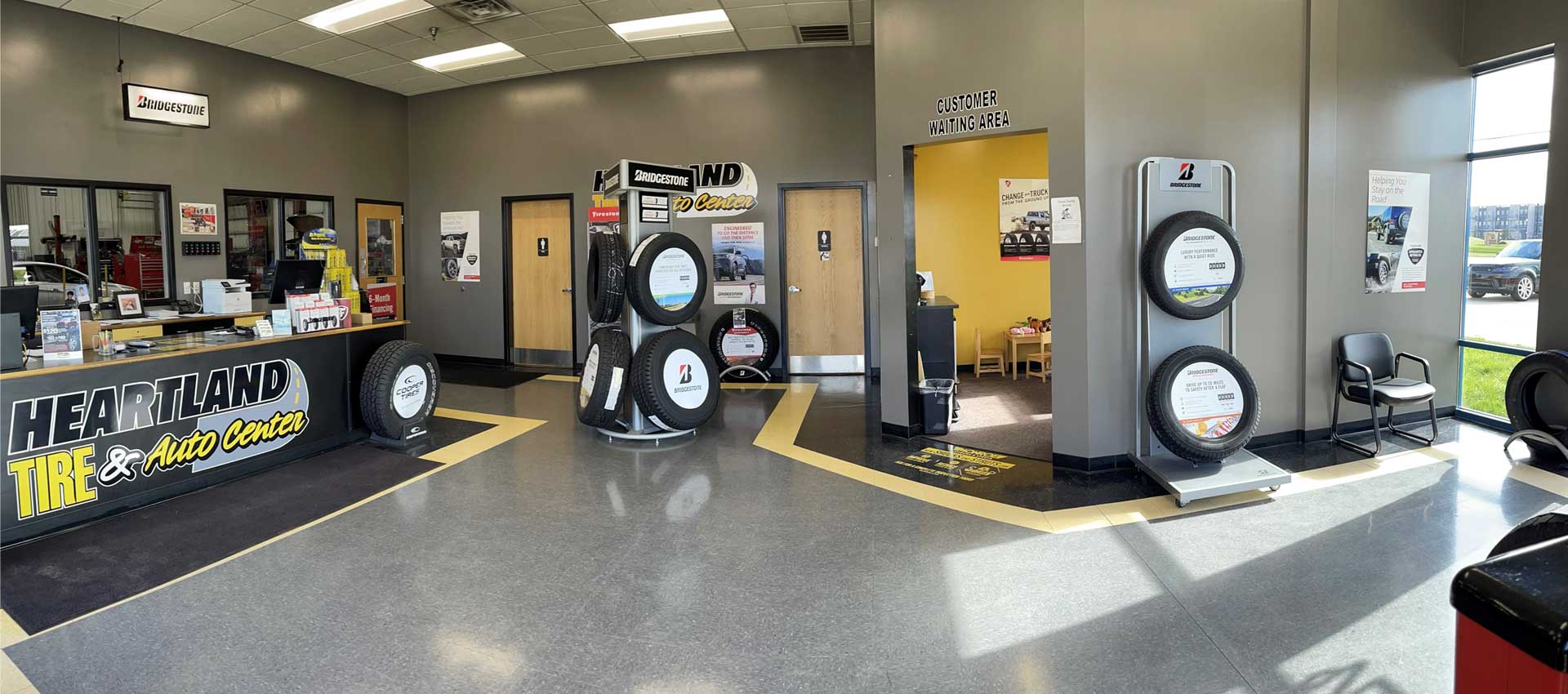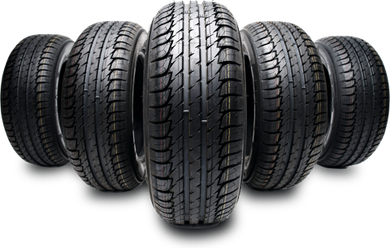Budget-friendly Discount Tires Morris IL: Unsurpassable Prices, High Quality Guaranteed
Tire Service: Understanding Tire Pressure Monitoring Solutions
Understanding Tire Pressure Tracking Systems (TPMS) is a vital aspect of maintaining optimal vehicle performance and security when traveling. With improvements in automobile innovation, TPMS has actually become a standard feature in contemporary lorries, supplying real-time details on tire stress levels. Diving deeper right into the details of TPMS, one can uncover the different parts that comprise this system and the value of each in making sure precise tracking. From direct to indirect TPMS systems, the landscape of tire stress monitoring varies, each with its distinct set of considerations and advantages. Keep tuned to unwind the complexities of TPMS, from upkeep suggestions to the undeniable benefits of keeping your tires appropriately inflated. mopar tire service specials.

Significance of TPMS
The value of Tire Pressure Tracking Solutions (TPMS) exists in their ability to enhance vehicle safety and security and efficiency through real-time surveillance of tire stress levels. Maintaining the right tire pressure is critical for making sure optimal handling, stopping, and total safety of a vehicle. TPMS provides chauffeurs with prompt responses on any type of underinflated or overinflated tires, enabling timely adjustments to be made.
Parts of TPMS
Sensing units are generally situated in the tire valve stem or attached to the wheel setting up, where they gauge tire stress and transmit information to the control module. Some progressed TPMS models additionally display the real tire stress readings for each tire, offering vehicle drivers with real-time info to make sure ideal tire efficiency and safety. By monitoring tire stress continuously, TPMS assists stop crashes, reduces tire wear, and improves fuel efficiency, making it an important element for vehicle safety and security and efficiency. morris tire and alignment.
Kinds of TPMS

On the various other hand, indirect TPMS depends on the lorry's wheel rate sensing units to keep an eye on tire pressure. This system detects underinflation by contrasting the rotational speeds of the wheels. Indirect TPMS is much less expensive than straight TPMS, as it uses existing sensors within the vehicle.
While direct TPMS offers extra accurate analyses, indirect TPMS is less complex in design and commonly calls for less maintenance. Both systems have their advantages and restrictions, and the option in between them usually depends upon factors such as cost, car make, and personal preference. Recognizing the differences in between these two types of TPMS can assist car proprietors make informed choices relating to tire upkeep and security.
TPMS Upkeep Tips
Effective upkeep of TPMS is vital for guaranteeing optimal performance and security of your car. Consistently evaluating the TPMS sensors for any damage or deterioration is essential. Make certain that the sensors are cost-free and tidy from debris that could hinder their performance. Furthermore, it is suggested to check the sensor batteries periodically and replace them as needed to assure accurate analyses. Conduct regular checks on the tire stress degrees and contrast them with the TPMS analyses to guarantee they correspond. Alter the system following the manufacturer's guidelines if there are any you could check here disparities. In addition, throughout tire turning or substitute, make certain that the TPMS components are handled meticulously to stop any potential damage. If the TPMS cautioning light brightens on the control panel, attend to the concern quickly by checking the tire pressures and the general system for any kind of mistakes. By adhering to these upkeep suggestions, you can lengthen the life expectancy of your TPMS and improve the safety and security of your driving experience.
Benefits of Proper Tire Stress
Maintaining correct tire pressure, as stressed in TPMS Maintenance Tips, is critical for gaining the countless benefits connected with optimum tire pressure degrees. One of the main advantages of preserving the proper tire pressure is improved gas efficiency. When tires are appropriately pumped up, there is less moving resistance, leading to better gas economic situation. Additionally, correct tire stress ensures also tire wear, expanding the lifespan of the tires and advertising much safer driving conditions. With the right tire pressure, cars additionally have far better handling and traction, especially in negative weather condition problems. This can boost overall driving efficiency and safety and security for the chauffeur and guests. dig this Maintaining optimum tire stress can contribute to a smoother and much more comfy adventure by minimizing vibrations and noise triggered by underinflated tires. To conclude, the benefits of correct tire stress go past simply tire durability; they incorporate improved gas effectiveness, improved safety and security, better automobile performance, and total driving convenience.
Conclusion
In verdict, understanding tire pressure tracking systems (TPMS) is crucial for maintaining optimal tire pressure and making certain lorry safety and security. By identifying the value of TPMS, knowing with its components, knowing the various kinds offered, adhering to proper upkeep ideas, and recognizing the benefits of preserving correct tire pressure, drivers can enhance their driving experience and prolong the lifespan of their tires. Proper tire stress is essential to efficient and secure automobile operation.
